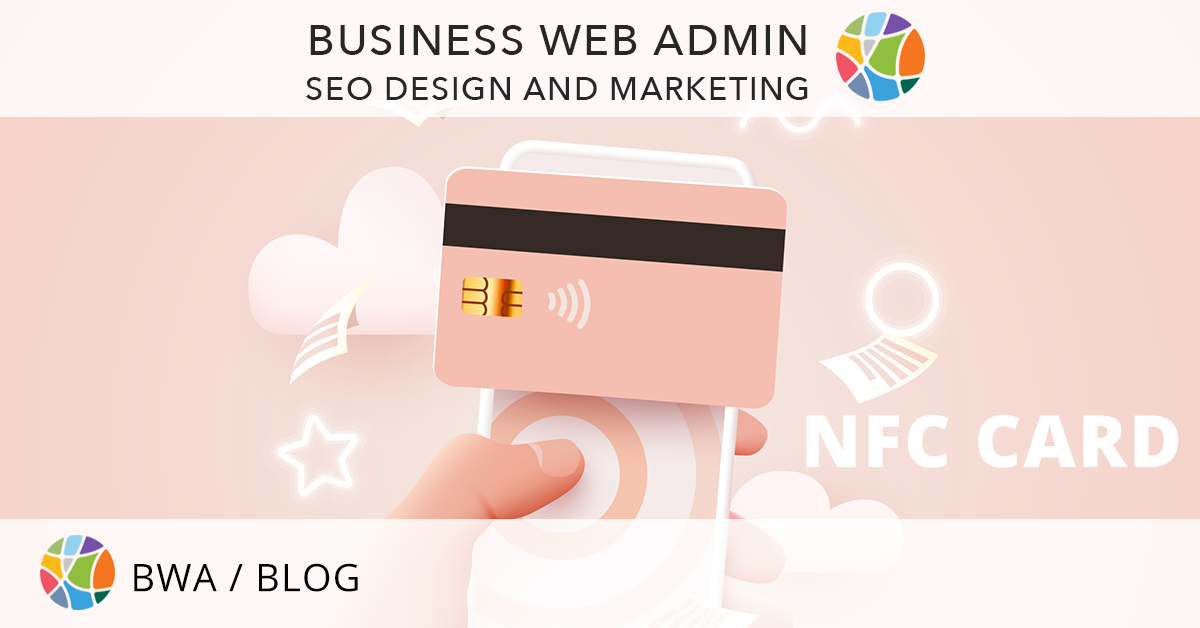What is Direct Marketing? The Ultimate Guide
in-depth look and what it means for your business

From basic definitions to pros and cons and everything in between.
A recent study suggests that direct contact with brands via mail is the preferred form of communication for 73% of American consumers. Some businesses may favor strategies such as content marketing and PR. Yet, it continues to be a profitable means of distribution and promotion for many brands.
You might be wondering what is direct vs indirect one? And for which businesses is it a suitable choice? How to create effective marketing message?
Keep reading for our guide to this intriguing form of marketing. We'll explore definitions, advantages and disadvantages, the difference with advertising campaigns and much more.
What Is Direct Marketing?
First, let's take a look at a direct marketing is a type of direct communication between consumers and brands. This could also be with the agencies they hire to manage their campaigns. It includes making contact with both existing and potential customers.
This form of marketing targets customers likely to have an interest in a product or service. It can consist of traditional forms of media such as brochures and television ads. But, this direct communication also incorporates digital marketing strategies.
We can separate this type of marketing into distribution and promotional channels. When referring to distribution, this entails the direct delivery of a product or service to customers. Distribution companies, warehouses, and agents are not involved. Many SaaS businesses as well as self-employed crafters operate in this way.
When considering direct promotional methods, this encompasses a wide range of conduits. We will explore these in detail in the following section. The most important point to note is that businesses can target selected audiences. Thus, the message content is often personalized and even available for push notifications.
Businesses must handle this form of unmediated marketing with care. As with all forms of advertising, over-exposure to a brand is off-putting to the customer. Brands should be careful to not contact those who have requested communication to stop. We will dive into a full examination of the benefits and drawbacks later in the article.
Businesses can be pragmatic when it comes to both direct promotion and direct distribution. It is possible to manage these in-house or with the help of specialists. Certain aspects of direct promotion can be labor-intensive, such as telemarketing. Thus, many companies opt to entrust their marketing needs to experts. Agencies can often achieve a better ROI due to their reduced overheads.
What Are the Different Channels Used?
In this section, we'll explore the means by which businesses can market to customers. These cover an extensive range of both digital and non-digital channels.
First, there are traditional print promotional materials. Brochures, direct mail, handouts, and leaflets are all direct means of marketing. Businesses should direct these to a specific customer list to avoid wasting resources. For example, a pizzeria could flyer the immediate vicinity with leaflets featuring discounts. It could also mail its existing customers, and offer handouts to people walking past.
So, each method of marketing targets someone likely to have an interest in the restaurant.
There are also digital channels that fall into this category of marketing. Email campaigns are a great example of direct communication to customers at its best. Segmenting email marketing lists according to consumer journey is a great tool. This means different groups can receive personalized messaging.
Email campaigns are well-known for their competitive ROIs. They are also an effective form of marketing due to the analytics possible. This allows companies to make continual improvements to the campaign strategy. Choose the write web service to email addresses data base clean and secure to form custom mailing lists form it.
There are also several other direct channels to note. Don't forget SMS marketing, social media, pay-per-click (PPC), and television ads.
Meanwhile, the channels associated with indirect marketing are content marketing, SEO, and PR.
What Are the Advantages?
We can now take a look at the benefits of this direct form of marketing. Let's start by considering the purpose of a business's marketing campaign when they opt into these direct methods.
In the end, the purpose is to generate a sale. Direct means of marketing often achieve this due to the selection of an audience inclined to buy a product or service. Methods such as PPC ads and direct mail to existing customers can often lead straight to a sale.
Yet, other methods of marketing can still move a customer further down the sales funnel. For example, a television advertisement might encourage viewers to sign up for an online newsletter. Other mediums might entice the customer to call a number for further information.
In this way, there is value even when these methods of marketing do not result in a sale. This is because they are increasing brand awareness and brand consideration.
What's more, including a persuasive calls-to-action can help drive the customer's next step. This marketing 'push' isn't possible with indirect marketing.
Another key advantage is that businesses can personalize a direct campaign. This is unlike mass-marketing campaigns. They do this according to the recipient's previous interactions with the brand. We can also use their gender, age, and other demographic information to adapt the marketing content.
Last, some methods of direct advertising allow accurate analysis and measuring. For example, let's consider providing specific discount codes. These let businesses track which sales have resulted from that means of marketing. Digital marketing often allows advanced tracking of metrics. For example, open rates, click-through rates, and conversion rates.
What Are the Disadvantages?
While there are no disadvantages to digital marketing as a concept, there are a few traps to be wary of when implementing a campaign. In this section, we'll explore the mistakes that businesses can make in this form of marketing.
Sometimes, forms of marketing such as text messages and leafleting can feel invasive. In particular, this is when the receiver has not opted-in. Be careful to observe marketing preferences so as not to alienate potential customers from the brand. Privacy and data protection are hot topics when it comes to marketing. There is scope for legal troubles when preferences and laws are not observed.
Another reason to avoid over-marketing via leafleting and direct mail is the environmental impact. Sending print materials when they will not be well-received is a waste of both economic resources and damaging to the planet.
Next, some channels are a 'one-shot' approach to marketing. This means there is only one opportunity to make an impression on the potential customer. Leaflets, telemarketing, and handouts are an example of this. But, other direct forms of marketing provide many chances to persuade the audience.
These would include television adverts, PPC ads, and direct mail that might consist of seasonal brochures.
As mentioned before, there is also the potential for this form of marketing to consume a lot of time and resources. While phone calls and personalized messages can be very effective, they take a considerable amount of manpower. This inconvenience can be overcome by enlisting a marketing agency to manage your marketing campaign.
How to Create an Effective Campaign
To conclude, we'll examine some best practices for implementing a campaign. These will help improve your ROI and avoid a perception of your brand as intrusive.
One tip is to get creative with your print media. Try printing in unusual shapes, or even consider a 3D pop-up. Some businesses carry out mass-marketing via leafleting and hand-outs. So, it's important to distinguish your targeted campaign from junk mail.
Next, be sure to target the audience that is most likely to have an interest in your product or services with care. For television, this means considering the channel and time slot that your advert broadcasts. It's also worth thinking about the program and who its likely viewers are. For mail and telephone marketing, it's crucial to keep accurate records of who is willing to receive letters and telephone calls.
At Directive Consulting, we create effective marketing campaigns using direct methods. But, it's important to acknowledge that we don't neglect other communication channels. Channels such as content marketing and SEO are also worthwhile strategies to pursue.
Direct forms of marketing are a clear-cut grab for the attention of a potential customer. This comes in the form of an advert. Meanwhile, these indirect methods help businesses to appear as authorities in their field.
It is effective when a visitor comes across your website. This would be thanks to your search engine ranking or some valuable website content. Your business will come across as knowledgeable and a leader in the field.
Our team would thus recommend combining both direct and advertising campaigns. This ensures the greatest lead generation and sales growth.
How Our Team Can Help Your Business
We've now explored how write approach creates meaningful connections with potential customers. It does this thanks to personalized messages and special offers. At Directive Consulting our expert team can help your business put together a comprehensive campaign. This can consist of both direct and indirect marketing strategies.
We'll identify the best methods to help your brand generate new leads. We can also help you strengthen relationships with existing customers. For a complimentary introduction meeting contact Web Admin to schedule your call.
Sergio Sviridov
Information Delivery Specialist














